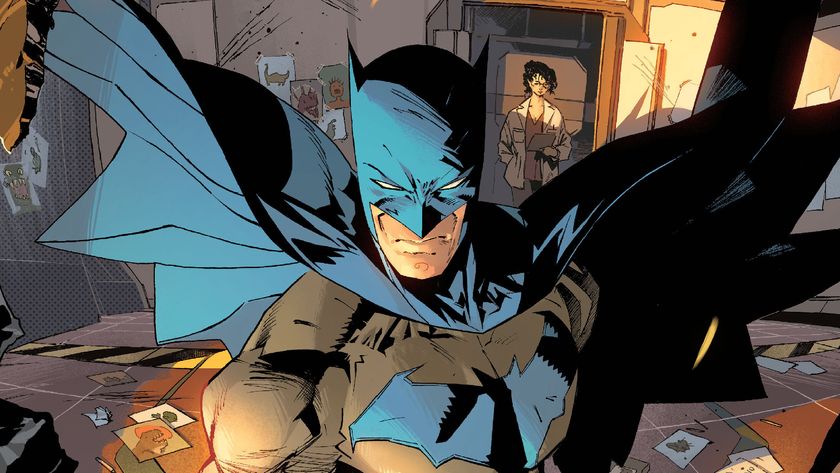Do all the connections between Death Stranding and Silent Hills add up - or are we being played?
There are clear links between Kojima's Death Stranding and his abandoned Silent Hills project, but are we guilty of wanting to believe?
The fact that Hideo Kojima and Guillermo del Toro’s take on Silent Hill will never happen will always make me sad. Its ‘interactive teaser,’ PT, is still one of the best horror games of all time in its own right and that was just a demo. What fourth wall breaking Kojima and horror master del Toro could have done with it remains one gaming’s greatest unanswered questions. Post that messy Kojima/Konami divorce, Hideo Kojima is making Death Stranding and we’ll never know what Silent Hills could have been.
Or will we? Poke around enough Reddit threads and YouTube videos and there are numerous connections and coincidences that seem to join the two. Not to mention strange tweets and discrepancies in the timeline of both games’ development that are… well, odd. There are two extremes to all this: fasten the tin foil hat on tight enough and people make concerted attempts to argue that Death Stranding is Silent Hills and Kojima has orchestrated everything from faking his own firing onwards, to create the mother of all surprises. After the Moby Dick/Joakim Mogren shenanigans of Metal Gear Solid 5: The Phantom Pain’s initial reveal - where Kojima created a fictitious studio and developer to pretend it wasn’t a Metal Gear game - it’s almost plausible. Kojima also memorably hid the fact that Raiden was the star of MGS2 until it was out, infuriating a fan base waiting for their hero to return. The man is capable of anything.
The other, gentler, end of the ‘crazy’ spectrum is simply that Death Stranding is using some of Silent Hills’ leftover ideas and themes. While Kojima’s showmanship as a master manipulator means he’s deliberately sowing these [dum dum DUM] strands between the two to whip up gossip and attention. But the fact remains that there are a lot of weird, weird, connections. The kind that make you want to join pictures on a notice board together with pins and bits of string. Some are obvious, some are suspicious and some are just far too ‘wait, what?’
Hands on
There are some big easy things right up front - for example, both games feature prominent babies. But perhaps one of the biggest match-ups can be found in the concept trailer for Silent Hills that Kojima revealed at the Tokyo Game Show in 2014:
It features a monster, later actually datamined as a finished model from the PT demo, that’s basically a giant hand chasing the player.
Monstrous pursuing hands, in a far more cryptic form, are a central entity in Death Stranding:
It’s hard to miss that: two monsters basically made of hands. Whether a re-used physical design or concept, the fact that both games have a central character living in fear of giant fingers is kind of a ‘huh’ moment. That ramps up when you take a look at some of the pictures you can find on the wall in PT.
Sign up to the 12DOVE Newsletter
Weekly digests, tales from the communities you love, and more
This post compares some of the paintings from the Silent Hills teaser with location from various Death Stranding trailer shots, PT pictures on the left, Death Stranding images on the right:
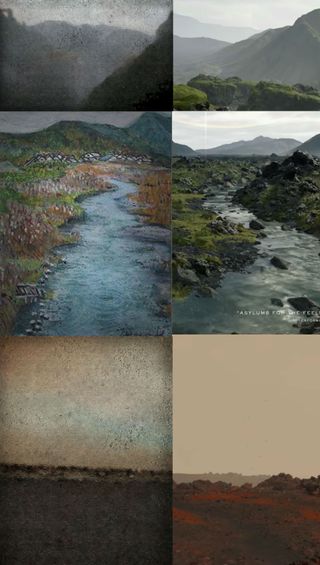
The similarities are strong. For good measure there’s also this shot of another painting that looks exactly like the black Icelandic beach Norman Reedus wakes up on in the original Death Stranding reveal:
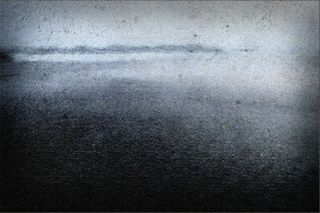
Where things start to blur is that Kojima was location scouting in Iceland way back in 2014 - while he was still at Konami and working on Silent Hills. Death Stranding wouldn’t be announced for another couple of years:
I see the town.pic.twitter.com/S6JTHB3p2h”August 15, 2014
That’s Gardur in Iceland, with the “I see the town” a mis-phrased Silent Hill 2 quote. Kojima also tweeted a picture of moss back in 2014 that, at the time, didn’t really mean that much:
Only moss lives here???pic.twitter.com/Ml3jGpTcZ5”August 17, 2014
However, four years later, a lot of people remembered that 2014 tweet when he retweeted this as a teaser for an upcoming E3 2018 Death Stranding reveal:
+1 on the T-minus 3 weeks. #E32018Decima×Kojima=DS. pic.twitter.com/OxNrqaxQJSMay 22, 2018
Building bridges
Whatever Kojima was doing in Iceland in 2014 - one year before he left Konami, and nearly two years before he started work on Death Stranding - something carried over. However, the really fun picture in PT is this one:
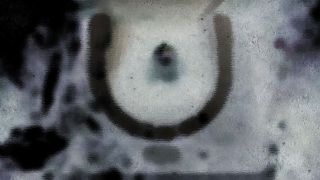
Flip it over and reverse the colour and you get this:
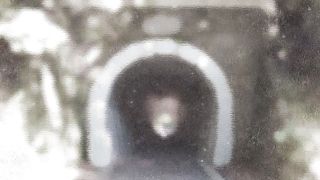
It’s a dead ringer for the Old Chusetsu Tunnel in Fukuoka, one of Japan’s most famous haunted locations. That’s not an unusual reference to include in a horror game, although it’s odd that it’s the only painting to get that negative upside down treatment. Does that make the bridge significant in some way? Like the fact that there’s a hard to miss bridge in Death Stranding:
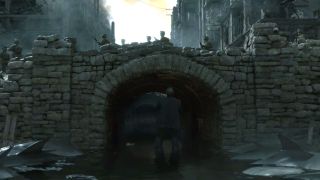
In of itself that not really that big a deal, a bridge is a bridge, until you catch the ‘J’ in the centre brick as the camera pans up:
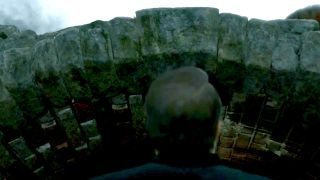
If you’re wondering why that’s a thing it’s because there’s a ‘J’ in PT: in one of the fake game crash screens you can see as you play, with a message signed off with that initial:

There’s also another message in PT that says “I walked till I stood one pace before Jack” and, in the actual programming code of PT itself, there’s a callout to loading something called a “JackStage” that additionally then refers to something else called a “hijackerStage”. So J, Jack, and hijack is a thing in PT, which obviously means something to the developers, but not to anyone else (I've checked: the code is loading a specific part of the game but the relevance of the naming is unknown). Although given how much Kojima loves to play with people it’s not that hard to believe that he’s seeding old PT things into Death Stranding after the fact just to drive conspiracy fans nuts.
Are you sure the only you is you?
But there are weird thematic links too. PT has a talking blood stained paper bag that, depending on who you ask, contains either a head, or the removed genitals of the demo’s main character (long story). At one point it states, “I walked. I could do nothing but walk. And then, I saw me walking in front of myself. But it wasn't really me. Watch out. The gap in the door... it's a separate reality. The only me is me. Are you sure the only you is you?”
It’s an interesting quote given that the entire purpose of Norman Reedus’ Death Stranding character, Sam, is to walk; he makes deliveries. Plus there’s all that talk of “separate realities”, ‘seeing yourself’ and being unsure if ‘you are the only you’. A Death Stranding fundamental seems to revolve around at least three other realities - the main world, another plane full of shadowy monsters trying to push through, and some sort of watery purgatory you visit when you die. Except you don’t actually die, you come back because video games. Are you still the only you if you return from the dead?
There are even some odd links between PT and Death Stranding when you look at Low Roar, the band who performs the ‘I’ll Keep Coming’ song from the Death Stranding trailers. Kojima allegedly discovered them in 2014, again while he was meant to be working on Silent Hills. So it’s probably just coincidence that the album they released that year fits the Death Stranding artwork years later (or, again, Kojima just playing with people). It’s a connection the band itself has even tweeted out, while denying there’s any intention.
I’ve been a big @HIDEO_KOJIMA_EN fan for awhile but this is just too weird how it lines up with the strands. @LOWROAR @wwwbigbaldhead @DeathStranding_ pic.twitter.com/1GfM8tgW4kJune 9, 2018
Something that’s less hard to brush away is the 2017 music video for Low Roar’s Give me an Answer where director Dylan Marko Bell specifically says “it would be fun to create a world where certain fans could physically enter the game Death Stranding before it came out”. That’s all well and good, until the entire video’s concept hinges on people apparently ‘entering Death Stranding’ via a PT-esque bathroom - where a machine trailing numerous strand-like wires makes them disappear, apparently in rapture as an oily substance coats their bodies. The one person left behind after drawing a short straw seems upset not to get their chance until they open the bathroom door, sees… something... and then everything glitches as they run away.
What’s interesting is that, when talking about ‘creating a world where fans could enter Death Stranding’ Bell states that "this opened the door to questions that created the narrative you see in the video. What's the car that takes you there? Who's driving? What's the hotel room number? What does the machine and the transfer process look like? What happens if a contestant doesn't wait their turn?" I’ve added the emphasis there, the implication being that Bell seems to know how people ‘enter’ Death Stranding’s world, and using a bathroom seems almost too much of a coincidence if he does.
To see a world in a grain of sand
There’s no denying that there are a lot of weird similarities between Death Stranding and PT/Silent Hills. But what’s meaningful, what’s coincidence and what’s Kojima deliberately messing with people’s head is almost impossible to pick apart. Pareidolia is the name for the phenomena where the human brain sees recognisable patterns in otherwise random things (Jesus’ face in a slice of toast being the usual example) and the connections between the two games is littered with it. For instance, is it coincidence that there’s one solitary, incongruous spider web in PT that looks similar to the Bridges logo in Death Stranding? (While PT Easter eggs in MGS 5 also included the spider.)
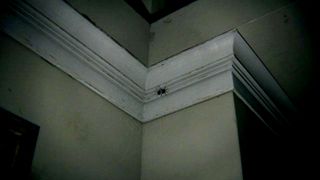
Does the fact that William Blake, who Kojima quotes at the start of a Death Stranding trailer, has a painting called ‘Good and Evil Angels Struggling for the Possession of a Child’ mean anything? Are they fighting over a baby on a black beach or do I just want to see that?
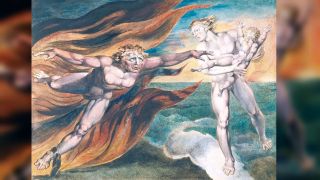
We may never actually know if any of these connections and strands between the two games actually mean anything. And we certainly won’t know a thing until Death Stranding arrives, reportedly next year. Whatever happens - whether it’s real, imagined or manipulated - it’s still a fun game to play ahead of the main event, and makes the world a far more interesting place for it. And let’s remember the most important message from PT:
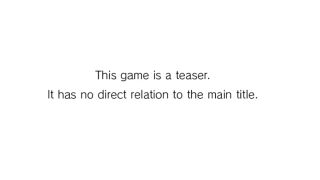

I'm GamesRadar's Managing Editor for guides, which means I run GamesRadar's guides and tips content. I also write reviews, previews and features, largely about horror, action adventure, FPS and open world games. I previously worked on Kotaku, and the Official PlayStation Magazine and website.

Former Witcher 3 lead says his new vampire RPG Blood of Dawnwalker has a smaller open world because "it feels more like you actually know the place" compared to "behemoths"
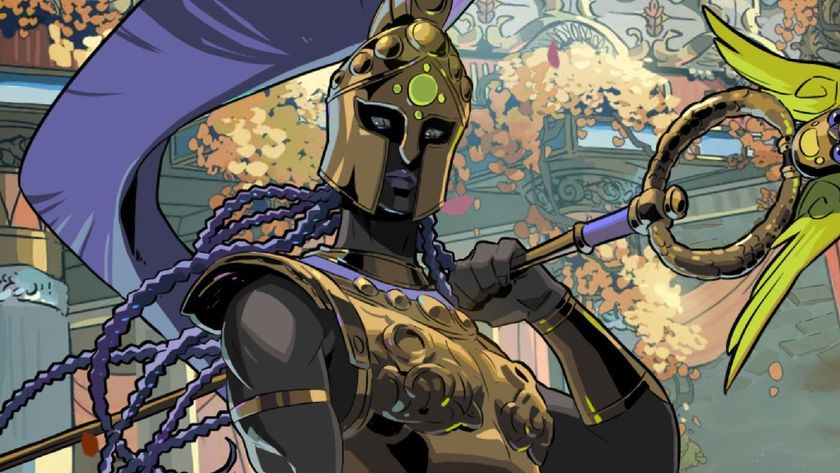
Hades 2 devs say "we have not recast any of our characters" in the roguelike amid concerns during the ongoing SAG-AFTRA video game strike
Most Popular






